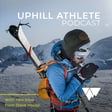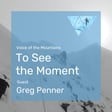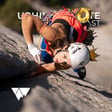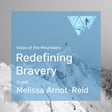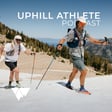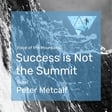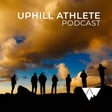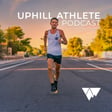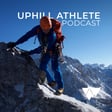
Training for Mountaineering: Strength
In this episode of Training for Mountaineering, Steve House and Alyssa Clark are joined by veteran Uphill Athlete coach, Jason Antin. The trio open by discussing the role of strength in Jason, Steve and Alyssa’s athletic careers and the purpose of strength training in the mountains. They continue with defining strength, strength training and its role in helping athletes move efficiently and safely in mountain objectives. Jason and Steve break down the three periods of strength training including transition, max strength and muscular endurance. Jason discusses his favorite max strength exercises and how single leg strength is vital for mountain athletes. The three wrap up with exploring muscular endurance and the variations possible for those living in mountain towns to New York City. Join us for a lively discussion of strength in the mountains.
Thank you to Chase Clark for the intro/outro and Tim McClain for our sound engineering.
Visit us at uphillathlete.com or write to us at coach@uphillathlete.com
